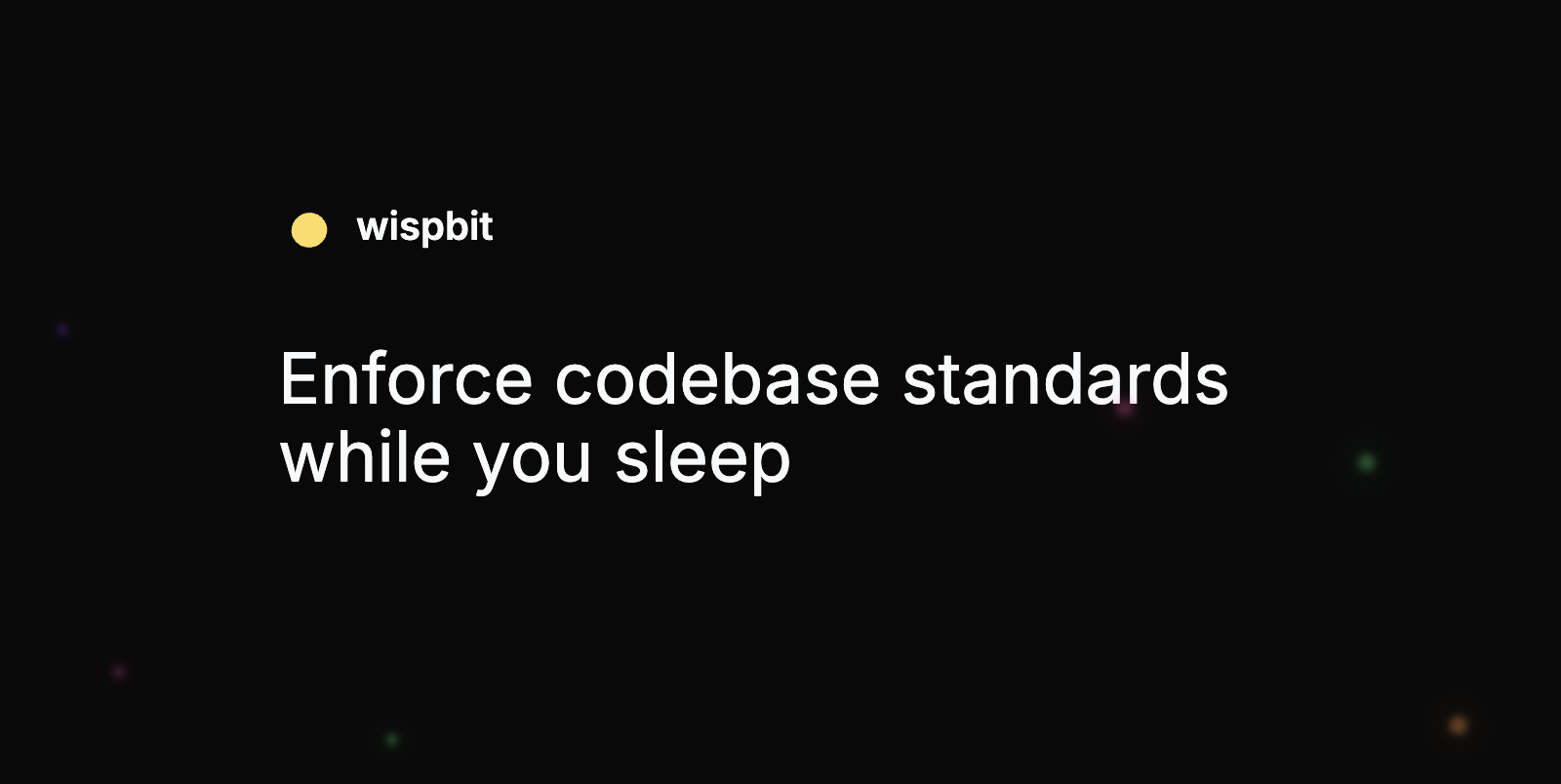DevOps Articles
Curated articles, resources, tips and trends from the DevOps World.
How to Reduce False Positives in Data Leak Detection - UpGuard | UpGuard

Summary: This is a summary of an article originally published by the source. Read the full original article here →
According to ahttps://www.upguard.com/resources/research-report-public-documents-used-for-attack-reconnaissance, over 51% of analyzed Fortune 500 companies were unknowingly leaking sensitive metadata in public documents - https://www.upguard.com/blog/data-leak that could be very useful in a reconnaissance campaign preceding a major https://www.upguard.com/blog/data-breach. To learn how to reduce data leaks, false positives, and improve the efficiency of your https://www.upguard.com/blog/how-to-detect-and-prevent-data-leakage efforts, read on.
In the context of data leaks, a false positive is a false detection that triggers a fraudulent alert of exposed sensitive data.
Data leak detection tools trigger alerts by comparing surface and https://www.upguard.com/blog/dark-web scans against a database of monitored keywords.
Advanced threats, aware of how vulnerable pattern recognition mechanisms are to triggering false positives, purposely create fraudulent data dumps likely to trigger fraudulent data leak alerts.
Product
Useful Links
Made with pure grit © 2026 Jetpack Labs Inc. All rights reserved. www.jetpacklabs.com




